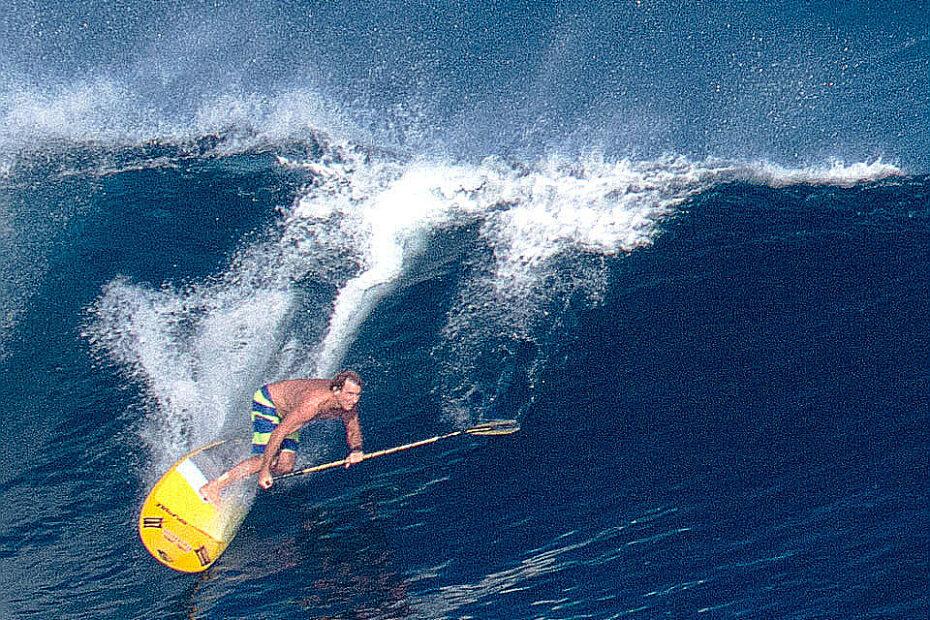Surfing. It’s as Californian as rush hour traffic and showing up late for sporting events. Many people participate in this challenging sport in our region. I tried it once; it did not go well. As summer approaches and the June gloom recedes, the beaches will be busy once again with surfers enjoying the warming weather and water temperatures. Though my friends who surf tell me the best surfing is actually during the winter months.
Although injuries during surfing are rare compared to other sports, there are a few injuries that are common to the sport. Shoulder injuries and knee injuries will be highlighted here, but hand fractures, lacerations, and marine-life injuries are also a potential. One rare non-traumatic spinal injury can also occur which is called surfer’s myelopathy. This is due to the repetitive extension of the neck and back while paddling and is typically seen in beginner surfers. The repetitive extension of the neck and back leads to spinal cord compression and causes decreased blood flow. Symptoms include progressive lower extremity weakness, numbness, and pain. Treatment includes rest and avoiding surfing. Recovery can take weeks to months.
The shoulders are one of the most common areas of injury in surfers. This is typically due to blunt trauma of hitting the sea floor or surfboard. A large Australian study found that shoulders are the most common upper-extremity injury site at a rate of 16.4%. Significant shoulder injuries can include fracture or dislocation. A fracture or dislocation of the shoulder can be a life-threatening issue as they make swimming extremely difficult. A shoulder dislocation is when the humerus (ball) slips out of the glenoid (socket). Most dislocations go out the front of the socket. Reduction (putting the shoulder back in place) is required urgently and is performed in the emergency room under sedation. During the dislocation event tearing of the labrum occurs. The labrum is a cartilage ring that helps deepen the socket and provides the attachment site for ligaments that stabilize the shoulder. Repeat dislocation is reported as high as 90% for people under age 20. After age 30, the risk of re-dislocation decreases to 25%. After a first-time dislocation, physical therapy can be tried. Though many young, active patients will benefit from surgery after a dislocation, as surgery can help reduce the risk of re-dislocation to under 10%.
Knee injuries are less common during surfing than upper extremity injuries. However, I have seen fractures, ACL tears and meniscus tears as a result of surfing. Most injuries are knee sprains occurring during the wave riding portion of surfing while loading the knee and twisting to control the board. A sprain is a partial tear to a ligament and is divided into three grades: 1-microscopic damage, 2-partial tear, 3-complete tear. Treatment consists of rest, bracing, anti-inflammatories and physical therapy. Recovery depends on the grade of the sprain and ligament involved but ranges from 2 to 12 weeks.
Surfer’s knee or “knobbies” is a swelling over the kneecap due to repetitive kneeling or pressure on the board. This is a bursitis, or inflammation of the bursa. A bursa is a sack that lies between skin and bone and allows for the skin to glide smoothly over bone. Repetitive kneeling or trauma to the area can cause inflammation and swelling in the bursa. This is treated with rest, padding the knees, ice, and anti-inflammatories. It will usually resolve on its own in time, however, if an infection occurs, surgical treatment may be required.
Surfing is a fun, relatively safe sport. For recreational surfers who can only get out once a week or a couple times a month, injury prevention is important. As with any activity, injuries can occur if you are not properly conditioned. When not surfing, be sure to exercise doing a combination of cardio and weight training. Swimming is a great, low impact exercise that will make paddling safer and easier. Weight training for the legs will protect against knee sprains. If you experience an injury, please see an orthopedic specialist, we are here to help keep you active.
